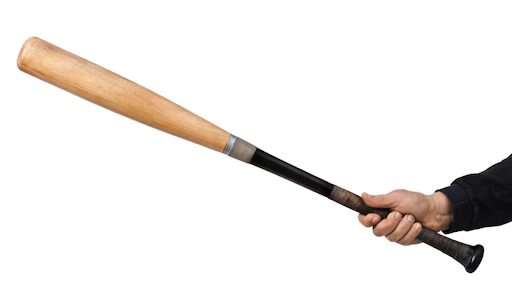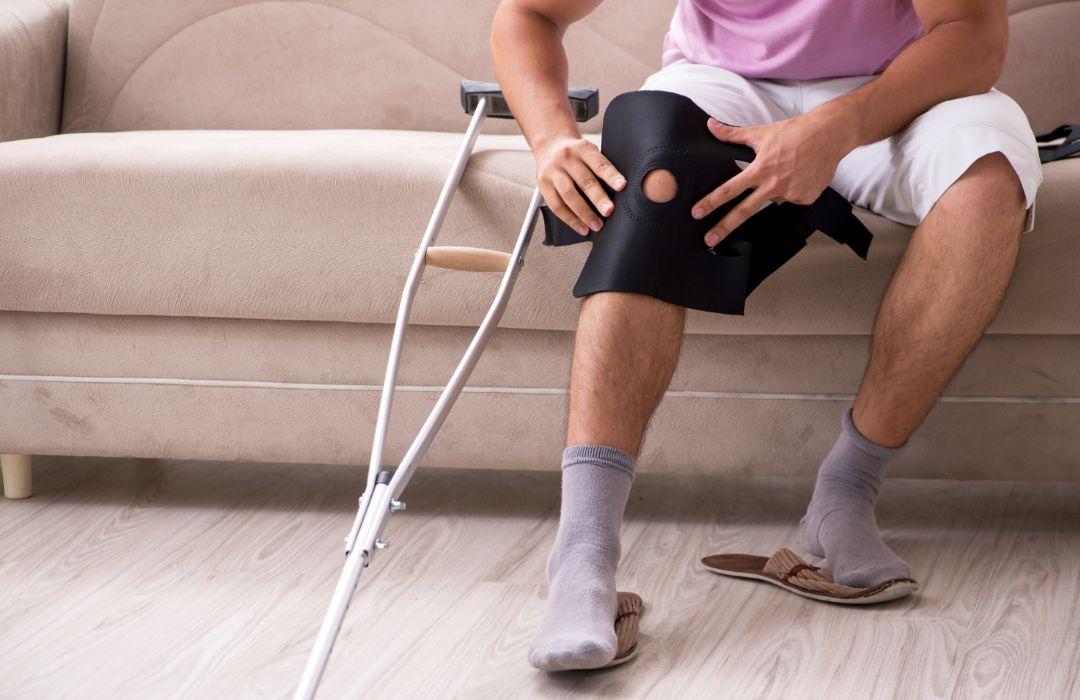Timing matters when it comes to enhancing your bat’s performance.
Many players want that extra pop and quicker break-in, but when is the right time to do it?
Rolling a bat too early or too late can affect its durability and overall performance. The process involves compressing the barrel to simulate hundreds of hits, giving it that “game-ready” feel.
However, like any modification, results depend on when and how you do it. Rolled bats can deliver amazing contact and distance, but improper timing may lead to reduced lifespan or even cracking.
Let’s explore when it’s ideal to roll your bat, what to consider before doing so, and how to make sure you’re getting the best outcome.
1. Why Timing Makes a Difference
A bat’s structure evolves with use. When you roll it at the right moment, you unlock its maximum power potential while keeping it durable. Rolling too soon means you’re stressing fibers before they’ve naturally settled. Rolling too late might not bring much improvement since the bat’s fibers have already loosened through regular play. The key is finding that perfect middle ground—when the barrel is strong but slightly flexible.
2. The “Sweet Spot” for Rolling
The best time to roll your bat is before it’s completely broken in but after a few natural swings. Ideally, you should take 50–100 hits with a new composite bat before rolling it. These initial swings help soften the resin and begin natural fiber movement. Once the bat feels slightly more responsive but not yet “hot,” that’s your window for rolling.
This approach ensures the compression machine can evenly distribute pressure without risking cracks or stress marks. Think of it like stretching before a workout—warming up first prevents injuries and improves performance.
3. Early vs. Late Rolling Results
Timing directly affects performance and longevity:
- Rolling Too Early: The bat might feel livelier immediately, but its internal fibers are still rigid, leading to possible breakage or reduced lifespan.
- Rolling Too Late: You might not notice much difference since the bat’s already reached its natural peak.
- Rolling at the Right Time: The fibers respond evenly, the sweet spot expands, and the bat stays strong for a longer period.
So, rolling isn’t just about doing it—it’s about when you do it.
4. Materials Matter Too
Composite bats benefit most from rolling, while alloy bats show little to no change. Composite barrels are made of layered fibers that loosen gradually; rolling accelerates that process. On the other hand, alloy bats rely on metal elasticity, which doesn’t respond well to compression.
If you use a composite bat, consider rolling after those first few hits. For alloy or wood, it’s generally unnecessary. Knowing your bat’s construction helps you avoid unnecessary stress or wasted effort.
5. Temperature and Playing Conditions
External conditions influence rolling outcomes. Avoid rolling a bat when temperatures are below 65°F, as cold weather stiffens the barrel fibers, increasing crack risk. Warm conditions allow smoother compression, helping the fibers flex naturally.
Also, if you regularly play in cold climates, it’s better to delay rolling until consistent warm weather returns. A few degrees can mean the difference between better pop and early damage.
6. Indicators That It’s Time to Roll
Here are a few signs that suggest your bat is ready for rolling:
- The sound has started to change from dull to slightly louder.
- The sweet spot feels more responsive but not overly flexible.
- You’re hitting decent distances but want that extra boost.
- You’ve taken at least 50–100 practice hits without visible cracks.
If these conditions match, it’s the right time to move forward confidently.
7. Rolling New Bats: Is It Worth It?
Some players roll brand-new bats immediately for quicker results. While it works for short-term gains, it may not be ideal if you want your bat to last long. Fresh bats still have tight resin bonds that resist compression. For maximum performance and durability, let it loosen up naturally first. Once the fibers are slightly active, rolling will enhance the pop without risking barrel damage.
8. How to Prepare Before Rolling
To ensure safe and effective rolling, follow these tips:
- Warm up the bat with light hits first.
- Make sure there are no cracks or dents.
- Rotate the barrel evenly during compression.
- Apply consistent pressure, not excessive force.
- Test swings after rolling to gauge response.
Rolling works best when it’s controlled and precise—not rushed.
9. The Right Frequency
A bat only needs to be rolled once. If done correctly, the benefits last throughout its usable life. Rolling multiple times can weaken the structure, leading to premature cracking. However, if your bat feels unevenly broken in or lacks pop after extensive use, gentle reconditioning (not full rolling) might help restore balance.
10. Tournament and League Rules
Before rolling, always check your league’s regulations. Many competitive leagues consider it a performance-altering modification and may ban such equipment. High school, college, and professional leagues typically require unaltered bats. On the other hand, some recreational or training leagues have no restrictions.
Knowing the rules helps avoid disqualification and wasted investment.
11. Maintenance After Rolling
To make your rolled bat last longer:
- Rotate it slightly after each swing to distribute pressure.
- Avoid using it in temperatures below 60°F.
- Clean it regularly to remove dirt and debris.
- Store it indoors, away from direct sunlight.
- Limit use to games instead of daily practices.
Proper care keeps your bat responsive and prevents cracks from forming prematurely.
Final Thoughts: Perfect Timing Equals Perfect Results
Rolling your bat at the right time can transform your performance. Ideally, roll it after 50–100 natural hits when the barrel starts loosening but isn’t fully broken in. That’s when the compression machine can activate the sweet spot without overstraining the fibers.
Rolled bats offer instant pop, consistent power, and a smoother feel—but only when done wisely. So, instead of rushing into it, let your bat warm up first, assess its condition, and roll it when it’s ready to shine. Smart timing ensures your bat delivers its best hits without cutting its life short.






